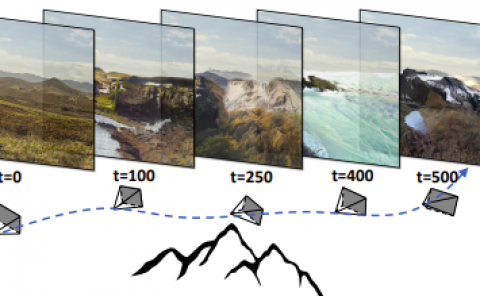Breaking the in-coupling efficiency limit in waveguide-based AR displays with polarization volume gratings
PubDate: August 2024
Teams: University of Central Florida and Southeast University
Writers: Yuqiang Ding, Yuchen Gu, Qian Yang, Zhiyong Yang, Yuge Huang, Yishi Weng, Yuning Zhang & Shin-Tson Wu
Abstract
Augmented reality (AR) displays, heralded as the next-generation platform for spatial computing, metaverse, and digital twins, empower users to perceive digital images overlaid with real-world environment, fostering a deeper level of human-digital interactions. With the rapid evolution of couplers, waveguide-based AR displays have streamlined the entire system, boasting a slim form factor and high optical performance. However, challenges persist in the waveguide combiner, including low optical efficiency and poor image uniformity, significantly hindering the long-term usage and user experience. In this paper, we first analyze the root causes of the low optical efficiency and poor uniformity in waveguide-based AR displays. We then discover and elucidate an anomalous polarization conversion phenomenon inherent to polarization volume gratings (PVGs) when the incident light direction does not satisfy the Bragg condition. This new property is effectively leveraged to circumvent the tradeoff between in-coupling efficiency and eyebox uniformity. Through feasibility demonstration experiments, we measure the light leakage in multiple PVGs with varying thicknesses using a laser source and a liquid-crystal-on-silicon light engine. The experiment corroborates the polarization conversion phenomenon, and the results align with simulation well. To explore the potential of such a polarization conversion phenomenon further, we design and simulate a waveguide display with a 50° field of view. Through achieving first-order polarization conversion in a PVG, the in-coupling efficiency and uniformity are improved by 2 times and 2.3 times, respectively, compared to conventional couplers. This groundbreaking discovery holds immense potential for revolutionizing next-generation waveguide-based AR displays, promising a higher efficiency and superior image uniformity.

